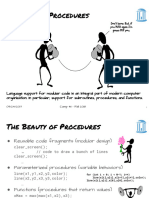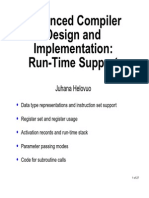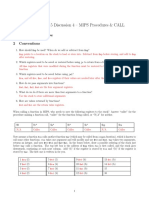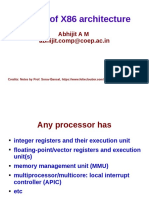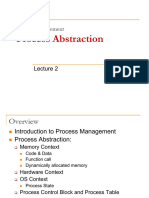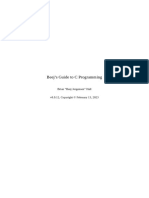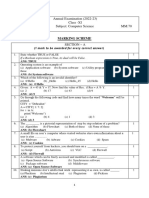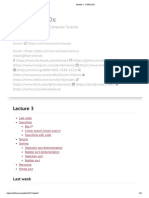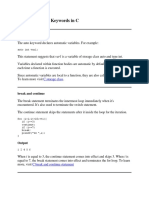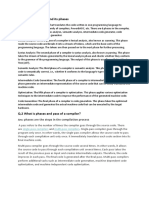0% found this document useful (0 votes)
5 views30 pagesLecture 7
The document discusses the procedures in C programming, focusing on function calls, register usage, and the ARM architecture's procedure call standard. It explains how to manage function call bookkeeping using registers and the stack, detailing the conventions for saving and restoring register values. Additionally, it covers the instruction support for functions, including the use of BL (branch and link) and BX (branch and exchange) instructions for efficient function calls and returns.
Uploaded by
fh.hamim18Copyright
© © All Rights Reserved
We take content rights seriously. If you suspect this is your content, claim it here.
Available Formats
Download as PDF, TXT or read online on Scribd
0% found this document useful (0 votes)
5 views30 pagesLecture 7
The document discusses the procedures in C programming, focusing on function calls, register usage, and the ARM architecture's procedure call standard. It explains how to manage function call bookkeeping using registers and the stack, detailing the conventions for saving and restoring register values. Additionally, it covers the instruction support for functions, including the use of BL (branch and link) and BX (branch and exchange) instructions for efficient function calls and returns.
Uploaded by
fh.hamim18Copyright
© © All Rights Reserved
We take content rights seriously. If you suspect this is your content, claim it here.
Available Formats
Download as PDF, TXT or read online on Scribd
/ 30

